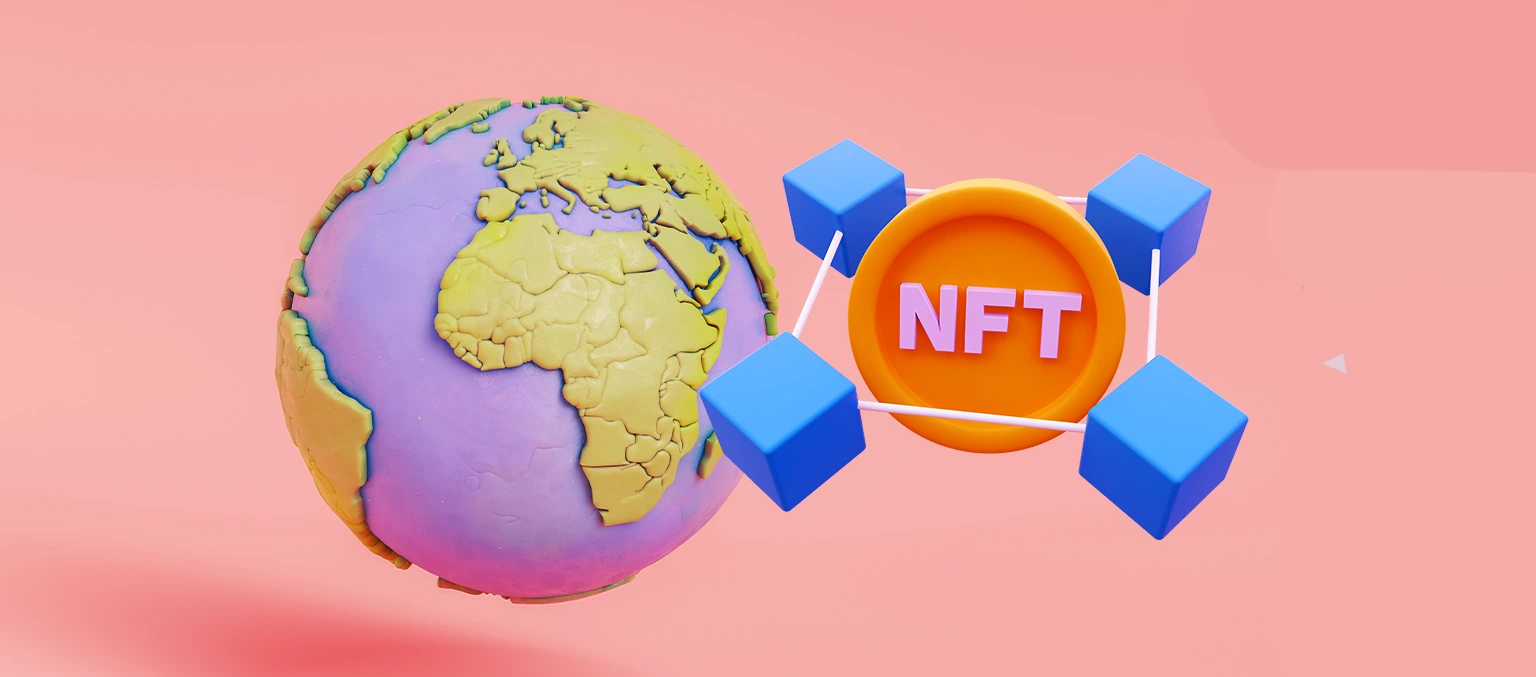share
NFTs have been a hot topic for multiple of the recent years. The new form of ownership has skyrocketed in popularity ever since it launched, and multiple creators and influencers have made their own iterations in the non-fungible token field. Although, in more recent times, a new kind of discourse around non-fungible tokens has emerged. Nowadays, more and more people are concerned with how this ground-breaking digital art technology will affect the world at large. Environmental impact is an important question to cover for any new technology on the market, and it’s NFT’s time to do just that.
Just How Severe Is the Impact?
Recently, Digiconomist shared the energy consumption index of the Ethereum platform, in which it was estimated that the yearly consumption of the Ethereum network adds up to about 28.61 TWh of electricity. To put that number into perspective, that is the same amount of yearly energy use that is reported from Bangladesh and Finland.
These numbers directly correspond to around 13,34 Mt CO2 and can rival almost 2,800,000 automobiles running all at once. The non-fungible sector is expected to grow at a yearly rate of 27.26%. You can easily imagine how this could impact the world around us if we don’t do anything about it.
Nft’s Carbon Footprint and How Can We Lower Energy Consumption in the Field

As you already know, non-fungible tokens rely on blockchain technology to operate properly. Every day, thousands of transactions and other operations take place in this part of the digital world; hence, this sector leaves a significant carbon footprint behind it. The evergrowing popularity of blockchain technology and products doesn’t help the issue, as with every passing day, the energy consumption in this sector grows exponentially.
Due to this, many have considered NFT sustainability an issue that must be dealt with immediately to lower the environmental impact and conclude a more eco-friendly network.
We can judge specific blockchain networks in this regard based on their internal logistics and the ways in which they operate. Most blockchain services nowadays use the Proof-of-Work (PoW) operational framework. Basically, the Proof-of-Work framework challenges miners to complete mathematical problems in order to complete transactions. This already requires immense amounts of energy, but the picture looks even more grim once we take into account the amount of nonfungible tokens produced every day.

Moreover, a large majority of energy consumption in this sector comes from the tokens and coins themselves. A majority of them are hosted on the Ethereum network. Networks that require petrol fees to bring exchanges to actuality and other actions on the platforms. This creates a self-perpetual loop of negative environmental impact as miners use energy-intensive frameworks to mine Ether, which in turn requires even more energy.
However, non-fungible tokens aren’t the villains in this story. In reality, any service or product that uses the PoW framework to operate reliably is at fault here and has a considerable carbon footprint to fix. Hence, many developers are working towards greener frameworks and technologies to replace the rudimentary frameworks we have to come to terms with currently.
NFT sustainability lies in the implementation of renewable energy and more eco-friendly robust frameworks around it. Soon, in the future, we might see a new era of fully energy-conscious NFT transactions.
A Way of Using NFTs Without Renewable Energy That Still Decreases Carbon Emissions

Proof-of-Stake
With the development of a more environmentally conscious operational frameworks on its way, plenty of developers and NFT platforms have been spreading the word about Proof-of-Stake. Research in this field has guaranteed that the potential of this operational framework is massive and can drastically decrease energy needs in the future.
Although it is rumored to have an immense impact, we still don’t know exactly how much energy this framework saves compared to Proof-of-Work since the specifics of this framework haven’t been clearly worked out.
Currently, developers and investors have to put a lot of trust into the Proof-of-Stake system if they want to use it as a greener alternative. Additional study is required for Proof-of-Stake to truly hit the main stage.
NFT Investors Part
On the other hand, investors themselves can guarantee that they’re being energy-conscious by buying eco-friendly NFTs. The main things that a non-fungible token requires energy for are minting and transactions.
If investors choose their sources correctly, they can have a less severe impact on the environment. For example, frameworks like Proof-of-History and the aforementioned Proof-of-Stake can guarantee a drastic cut in energy consumption by digital assets.
Moreover, investors can opt into using services and blockchain networks using sidechain technology. A sidechain is basically an off-shoot of a major blockchain network that appears for a short time to store the transaction and then later integrates back into the blockchain it originated from. This takes a considerable load off the main blockchain network, making it more process-efficient and, therefore, eco-friendly.
Takeaways
Non-fungible token sustainability is on everyone’s mind currently, and for the right reasons. In a time where the environmental impact of millennia of carbon emissions is starting to catch up to us, being stricter with regard to new technologies is crucial.
More and more people are turning their gaze to this question, and crypto developers need to follow suit and create more reliable, greener alternatives to existing frameworks and system networks.
While we wait for the necessary breakthroughs in the field to come, though, we as consumers can speed up the process by sourcing our NFTs and crypto from greener developers and spaces. The more demand we show for greener digital infrastructure, the sooner we will see it, and we can sleep easy knowing that we did our part by decreasing the amount of energy we use.








